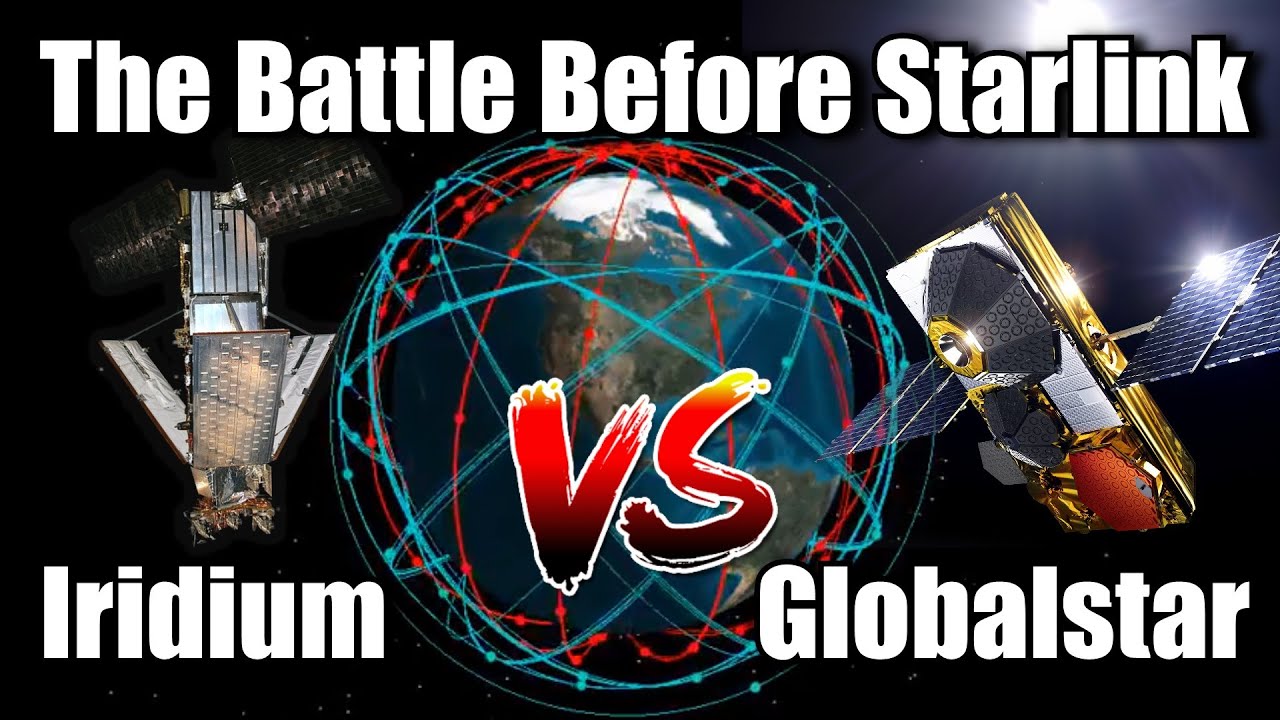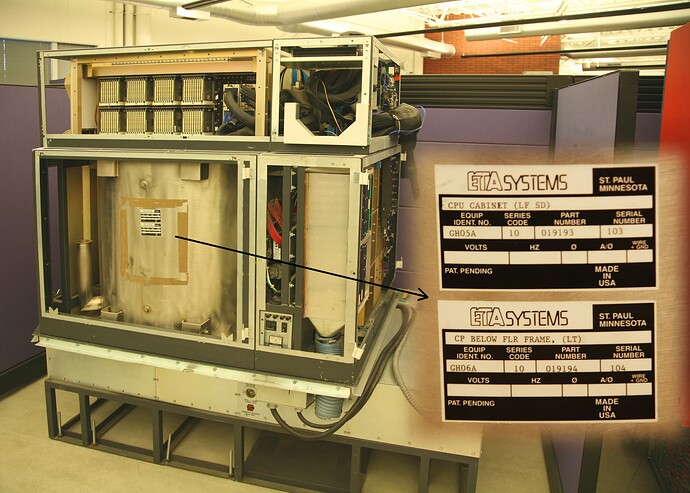Most ambitious of the “Big LEO” satellite constellations planned in the 1990s was Teledesic, which originally planned to provide downlink speeds of 720 megabits per second and uplink of 100 Mbit/sec with a constellation of 840 satellites in orbits of 700 km. Backers included Bill Gates, and the system was estimated to cost around US$ 9 billion when fully deployed in 2002. With the sputtering out of the original dot-com boom, the system was de-scoped in 1997 to 288 satellites at 1400 km, and then after the dot-bomb bubble popped and bankruptcy of Iridium and Globalstar, work on the project was suspended in October 2002. The first SpaceX Starlink satellite would not be launched until 2019.
In the mid-80s, I toyed with the idea of putting 5 super computer systems in geosynchronous orbit to form a laser-interlinked, slightly redundant PLATO network service. At the time the lowest mass system for the performance was the ETA:
The ETA guys, perhaps engaging in desperate puffery as they (and CDC) were facing bankruptcy, told me it could be radiation hardened. Some guy who had been working on LEO laser linked telecom in SoCal (not sure it was Motorola) thought it was doable at that time. My little team at CDC worked out the ground-based economics circa 1980 on the CDC Cyber 7600 family and looked viable given the $1500 PLATO graphics terminals at least as capable as the Macintosh, covered by a $40/month service fee.
Spot beam multiplexing would have been necessary even with a shared community ground-station, and probably Ka-band. One round-trip for key echo would have been within the strict reaction time requirements of the PLATO system that had been established in the early 1970s. Such a Ka-band satellite wouldn’t be even licensed until E’Prime Aerospace, MX-missile commercialization company I was public affairs VP at for a while, got the Norstar Ka-band an FCC pioneer preference circa 1992.
Of course, by the time it could have likely all come together, the WWW would have overtaken such a PLATO network. That was just one more thing that motivated me try to outlaw NASA from competing with commercial launch services.

